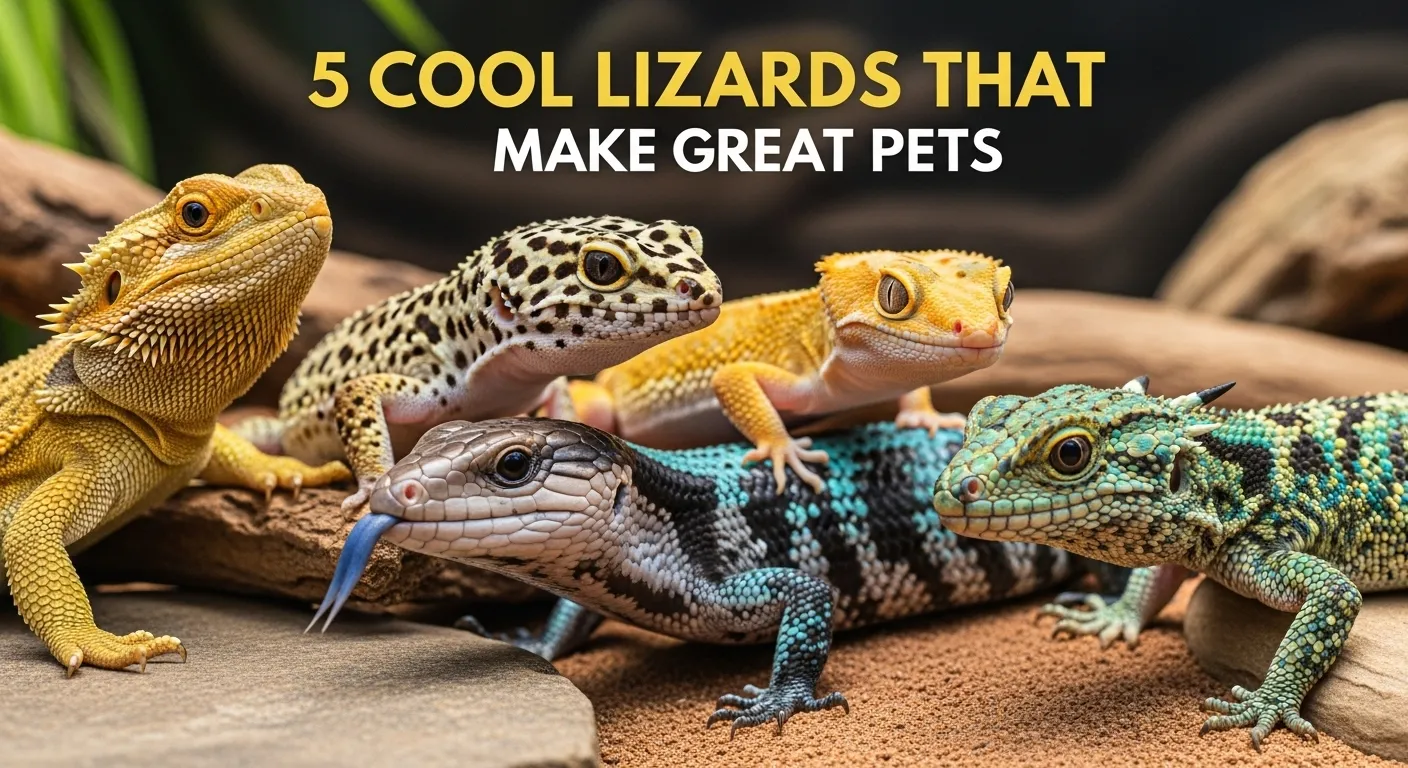Lizards are unique pets. They offer low-maintenance companionship and captivating behaviors. Choosing the right lizard depends on your experience, space, and time. Below, we highlight five lizards that make excellent pets. Each section includes care tips, personality traits, and why they’re great for pet owners. This guide is based on recent research from top pet care websites and addresses common user questions.
Why Choose a Lizard as a Pet?
Lizards are ideal for many pet owners. They need less daily attention than dogs or cats. Most are quiet and don’t require walks. Their habitats can fit in small spaces. Lizards also have long lifespans, often 5-20 years with proper care. They’re great for people who want a unique, low-maintenance pet. Before choosing, check your lifestyle with our Pet Compatibility Checker.
Key Considerations for Lizard Ownership
- Space: Ensure you have room for a proper enclosure.
- Time: Some lizards need daily interaction; others are more independent.
- Diet: Lizards eat insects, plants, or both. Research their needs.
- Equipment: Tanks, lighting, and heating can be costly upfront.
- Lifespan: Be ready for a long-term commitment.
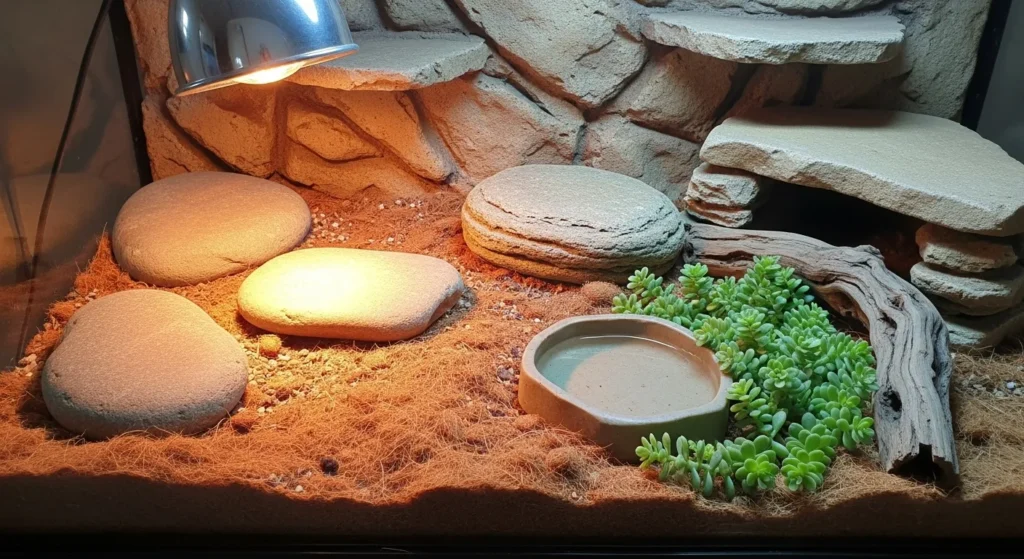
1. Bearded Dragon
Bearded dragons are popular for a reason. They’re friendly, easy to handle, and great for beginners. Native to Australia, they thrive in warm, arid setups. Their calm nature makes them ideal for families.
Why They’re Great
- Temperament: Docile and enjoy human interaction.
- Size: Grow to 16-24 inches, perfect for medium-sized tanks.
- Lifespan: 10-15 years with proper care.
- Diet: Omnivorous—eat insects and vegetables.
Care Tips
- Enclosure: 40-gallon tank minimum with UVB lighting.
- Temperature: 95-100°F basking spot, 80°F cool side.
- Diet: Crickets, mealworms, and leafy greens. Check safe foods with our Pet Food Safety Checker.
- Handling: Gentle daily handling builds trust.
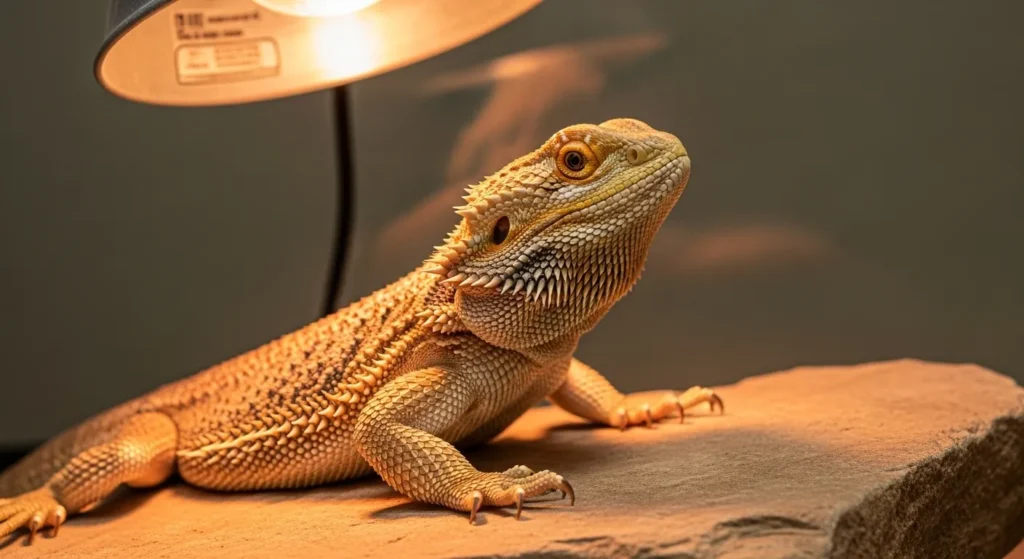
2. Leopard Gecko
Leopard geckos are small, hardy, and low-maintenance. They’re perfect for beginners or those with limited space. Their spotted patterns and big eyes make them adorable.
Why They’re Great
- Temperament: Gentle and easy to handle.
- Size: 7-10 inches, ideal for small tanks.
- Lifespan: 10-20 years.
- Diet: Insectivorous—love crickets and mealworms.
Care Tips
- Enclosure: 20-gallon tank with hiding spots.
- Temperature: 88-92°F warm side, 75°F cool side. No UVB needed.
- Diet: Feed insects every other day. Dust with calcium powder.
- Handling: Handle gently to avoid tail drop.
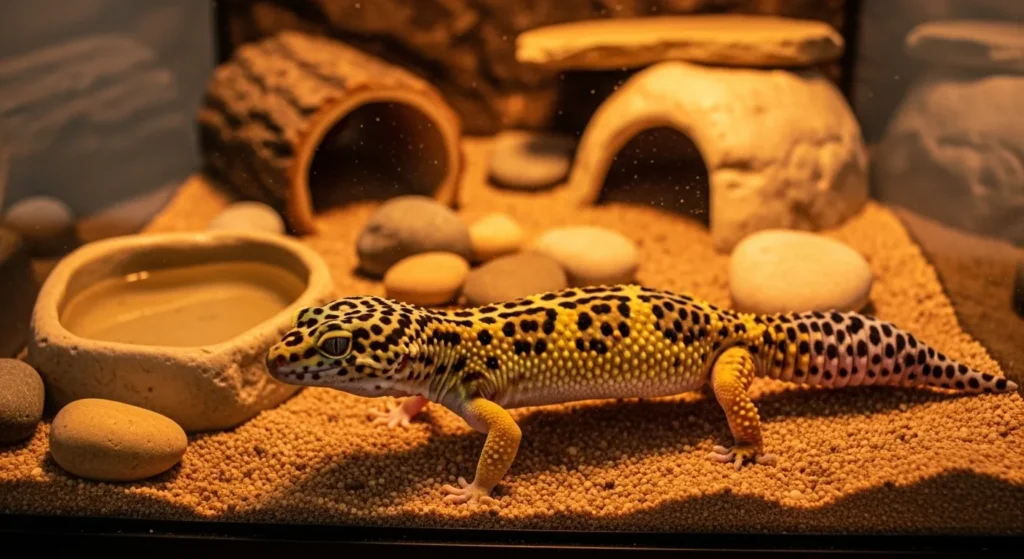
3. Crested Gecko
Crested geckos are unique with their eyelash-like crests. They’re low-maintenance and don’t need much space. They’re great for owners who want a colorful, arboreal pet.
Why They’re Great
- Temperament: Docile but prefer less handling.
- Size: 6-8 inches, including tail.
- Lifespan: 15-20 years.
- Diet: Commercial crested gecko diet and occasional insects.
Care Tips
- Enclosure: 20-gallon tall tank with climbing branches.
- Temperature: 72-78°F, no heating needed in most homes.
- Humidity: 50-70%, mist daily.
- Diet: Powdered gecko diet mixed with water, plus crickets.
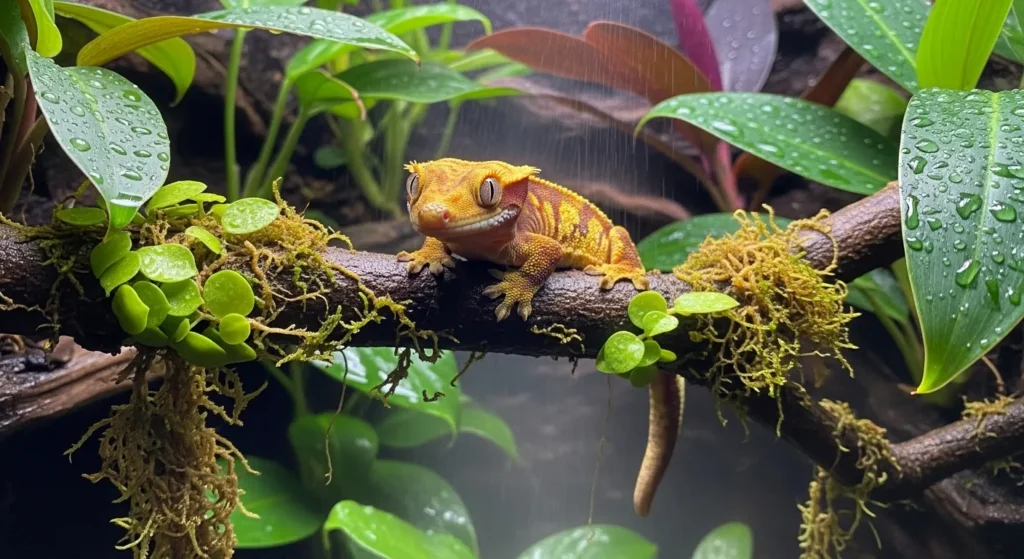
4. Blue-Tongued Skink
Blue-tongued skinks are known for their striking blue tongues. They’re larger but easy to care for. Their curious nature makes them fun to watch.
Why They’re Great
- Temperament: Friendly and enjoy gentle handling.
- Size: 18-24 inches.
- Lifespan: 15-20 years.
- Diet: Omnivorous—eat protein and vegetables.
Care Tips
- Enclosure: 40-gallon tank with substrate for burrowing.
- Temperature: 85-95°F basking spot, 70-80°F cool side.
- Diet: Dog food, insects, and veggies like squash. See safe options at Pet Food Safety Checker.
- Handling: Handle regularly to keep them tame.
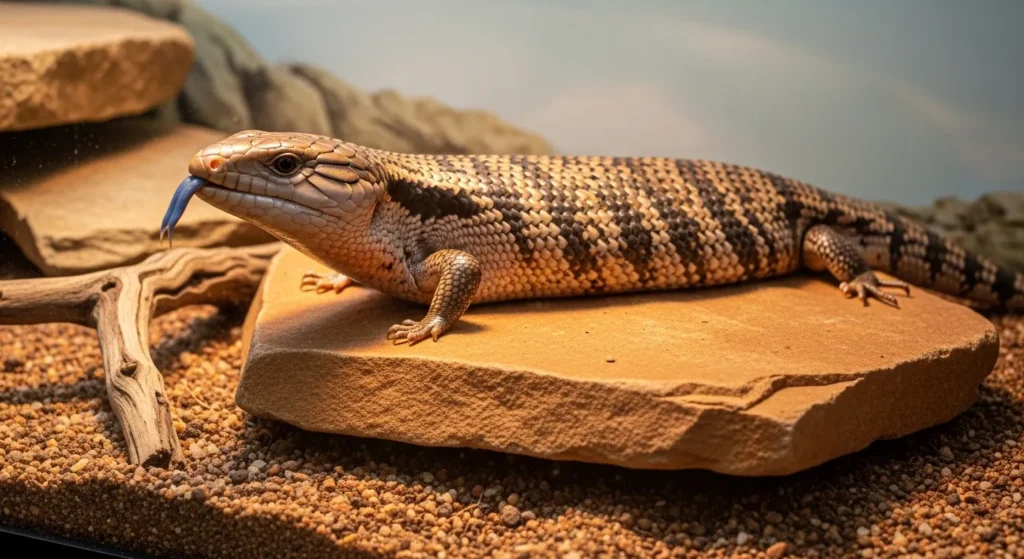
5. Uromastyx
Uromastyx, or spiny-tailed lizards, are desert dwellers. They’re best for owners with some experience. Their bright colors and unique tails make them stand out.
Why They’re Great
- Temperament: Shy but can become tame with time.
- Size: 10-18 inches, depending on species.
- Lifespan: 15-20 years.
- Diet: Herbivorous—eat greens and seeds.
Care Tips
- Enclosure: 40-gallon tank with sand substrate.
- Temperature: 100-110°F basking spot, 80°F cool side.
- Diet: Kale, dandelion greens, and lentils. Avoid toxic plants with our Pet Food Safety Checker.
- Handling: Handle sparingly to reduce stress.
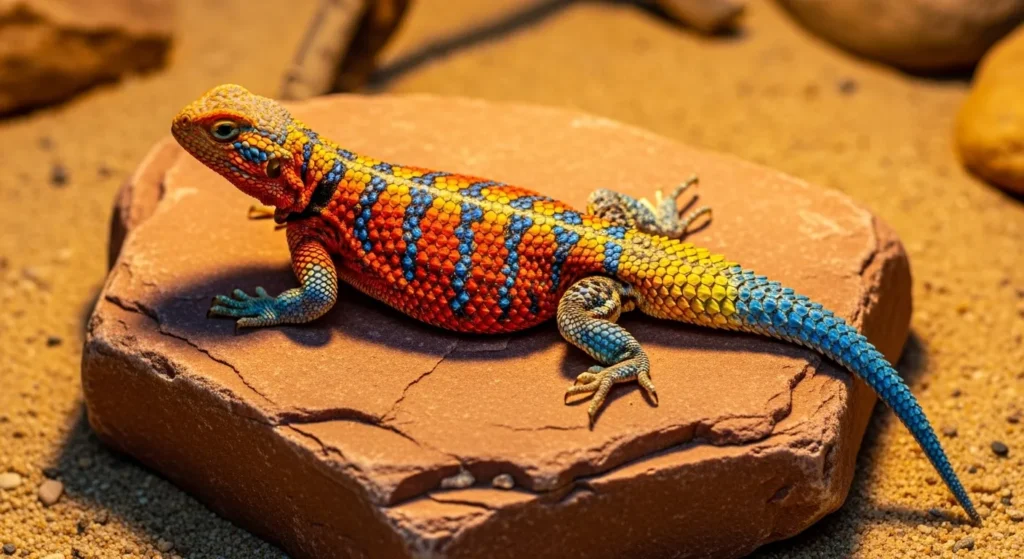
How to Choose the Right Lizard for You
Picking a lizard depends on your lifestyle. Beginners should start with bearded dragons or leopard geckos. They’re easy to care for and forgiving. Crested geckos suit those with limited space. Blue-tongued skinks and uromastyx are better for owners with experience. Use our Pet Breed Finder Quiz to find the best match.
Common Questions About Lizard Pets
- Are lizards good for beginners? Yes, especially bearded dragons and leopard geckos.
- Do lizards need special lighting? Most need UVB lighting for vitamin D.
- Can lizards live together? Many are solitary. Research before housing multiple lizards.
- How much does it cost to own a lizard? Initial setup costs $100-$500. Monthly costs are $20-$50 for food and maintenance. Learn more about pet costs with our Maine Coon Cat Cost Guide.
Lizard Care Basics
All lizards need proper care to thrive. Here’s a quick checklist:
- Tank Setup: Size varies by species. Include hides and climbing areas.
- Temperature and Humidity: Use thermometers and hygrometers.
- Diet: Feed species-specific diets. Check safety with our Pet Food Safety Checker.
- Health: Watch for signs of illness like lethargy or appetite loss. Use our Pet Symptom Checker for guidance.
- Cleaning: Clean tanks weekly to prevent bacteria.
Ready to name your new lizard? Try our Pet Name Generator for fun ideas. Curious about other pets? Check out our guide on Best Tropical Fish for Beginner Aquariums.
